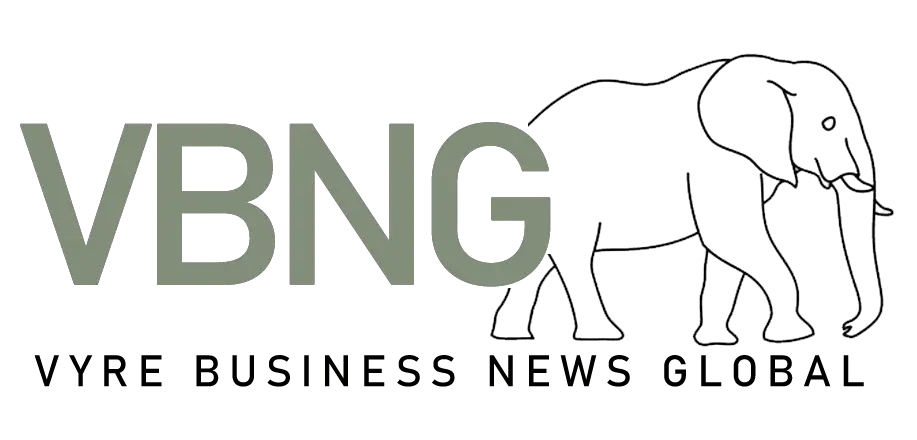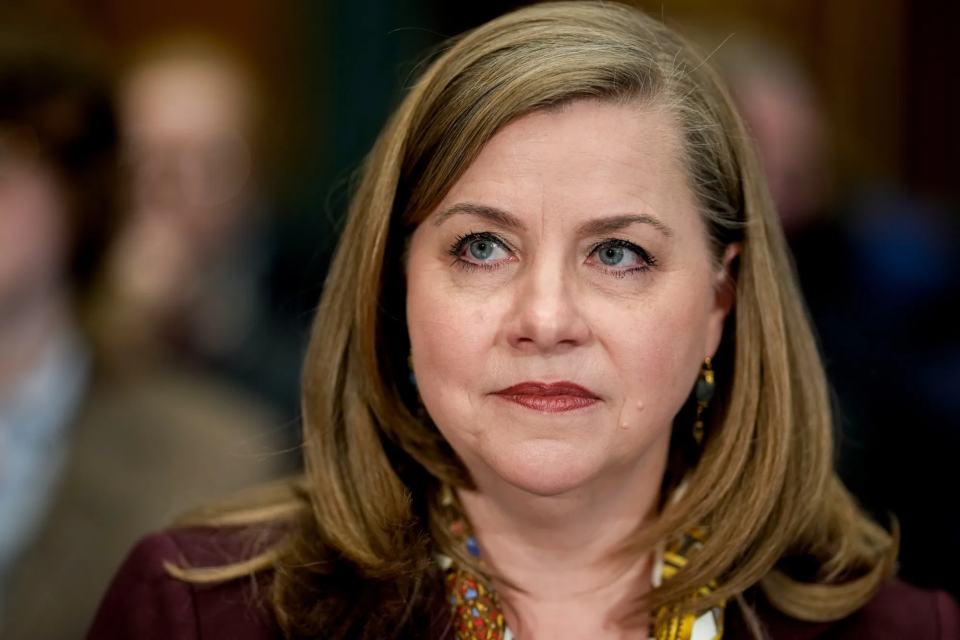Federal Reserve Vice Chair for Supervision Michelle Bowman has publicly supported a potential interest rate cut at the Federal Open Market Committee’s (FOMC) July meeting, signaling a significant shift in the central bank’s approach as economic uncertainties mount. Her comments, delivered Monday at a conference in Prague, have intensified an already lively debate within the Federal Reserve about the timing and necessity of easing monetary policy.
Bowman’s support for a rate cut comes at a moment when the Fed faces a complex economic landscape. Inflation has moderated in recent months, but concerns about consumer spending and labor market softness are growing.
Bowman’s argument for cutting rates centers on two main developments, softer inflation readings and signs of vulnerability in the job market. She noted that inflation has either decreased or undershot expectations recently, and that trade policy changes are likely to have only minimal impacts on the Fed’s preferred inflation gauge.
“If inflationary pressures remain subdued, I would support a reduction in the policy rate at our next meeting to align it more closely with its neutral level and to foster a robust labor market,” Bowman said in her remarks. She also highlighted her growing concerns about employment, pointing to weak consumer spending and early indications of a less resilient job market.
This is a notable shift from Bowman’s position last fall, when she opposed a substantial rate cut over concerns that inflation was not yet under control. Her new stance reflects a recognition that the risks to employment may soon outweigh the risks of lingering inflation.
Bowman is not alone in her call for a July rate cut. Fed Governor Christopher Waller also voiced support for lowering rates at the upcoming July 29-30 policy meeting, suggesting the central bank has room to act and can pause if inflation unexpectedly accelerates.
However, the Fed’s leadership is not united. Chairman Jerome Powell has recently indicated a preference for holding rates steady while assessing the inflationary impact of new tariffs expected this summer. The central bank’s latest “dot plot,” which maps out policymakers’ rate expectations, reveals a growing split. Eight officials forecast two cuts by the end of 2025, while seven now expect no cuts at all, up from four previously.
Recent economic data has given both hawks and doves on the FOMC ammunition for their positions. The labor market remains relatively solid, with payroll employment rising at a moderate pace and the unemployment rate holding steady at 4.2 percent through May. However, private domestic final purchases, a key measure of underlying demand, have softened, and retail and motor vehicle sales have slowed so far this year.
The Fed’s latest Monetary Policy Report acknowledges that while inflation is moderating, it remains somewhat elevated, and consumer and business sentiment has declined amid concerns about tariffs and broader economic uncertainty. The central bank has kept its benchmark interest rate in a range of 4.25 to 4.5 percent since the start of the year, waiting for more clarity on inflation and growth before making further moves.
Beyond domestic data, geopolitical risks are also in play. Recent U.S. military actions in the Middle East and the threat of higher oil prices could add to inflationary pressures, especially if the Strait of Hormuz is disrupted. JPMorgan Chase analysts have warned that such a scenario could push oil prices to $120 per barrel and drive U.S. inflation up to 5 percent.
Meanwhile, the Fed continues to reduce its holdings of Treasury and mortgage-backed securities, aiming to ensure ample reserves in the banking system without causing market disruptions.
With the next FOMC meeting set for late July, all eyes will be on incoming data. Bowman made clear that her support for a rate cut depends on inflation staying subdued and no sharp deterioration in the labor market. She stressed that monetary policy is not on autopilot and decisions will be guided by the latest evidence and the Fed’s dual mandate of maximum employment and stable prices.
The debate within the Federal Reserve is far from settled. As the July meeting approaches, the central bank faces a delicate balancing act between supporting a cooling labor market and guarding against a resurgence in inflation. Investors, businesses, and households alike will be watching closely to see which direction the Fed takes next.

